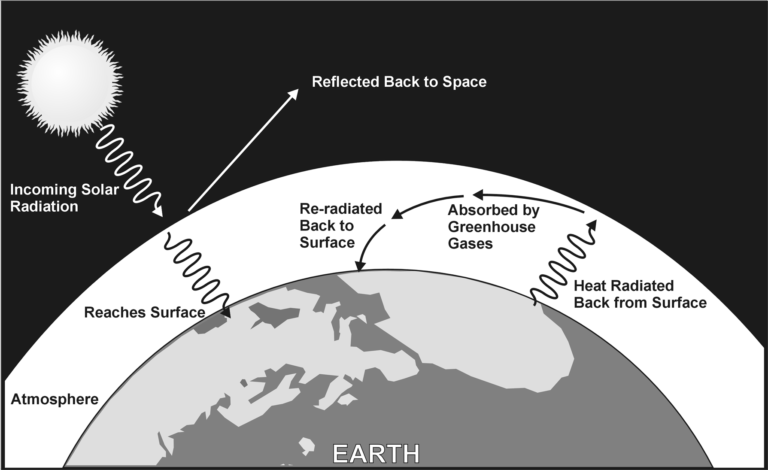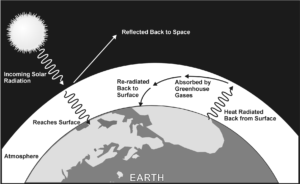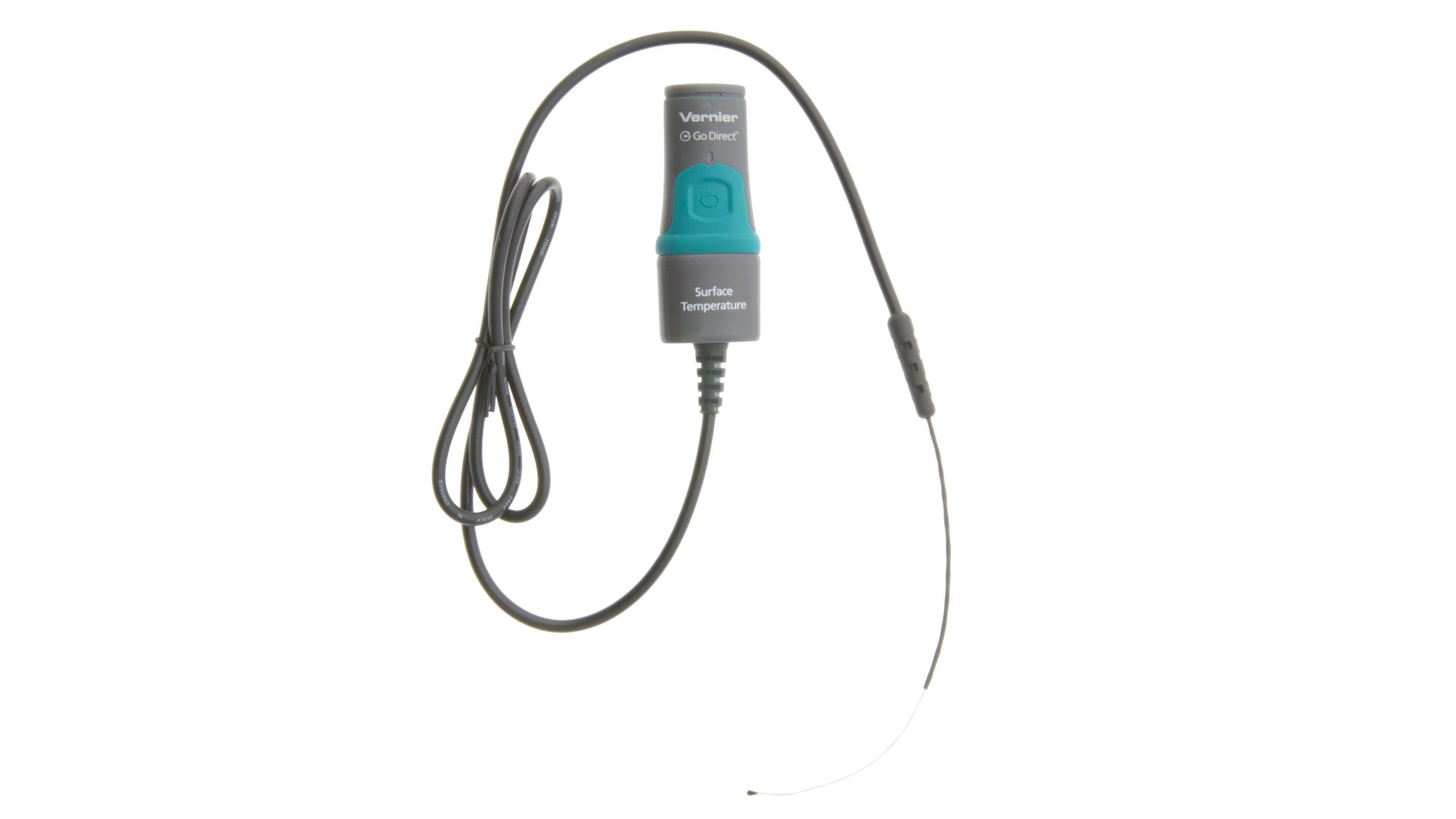Exploring the Greenhouse Effect
Experiment #4 from Climate and Meteorology Experiments
- Subject
- Earth Science

Introduction
The greenhouse effect is a natural phenomenon that occurs due to solar radiation entering our atmosphere and interacting with specific atmospheric gases. When solar radiation reaches the upper layers of the atmosphere, short wavelength radiation passes through to the surface, while longer wavelength radiation is reflected back into space.
At night, the air above the surface cools and energy is transferred from the land to the air. Gases in the atmosphere keep the heat from radiating back into space, causing the air to be warmer than it otherwise would be if there were no atmosphere as shown in Figure 1. The gases most responsible for this effect are water vapor, carbon dioxide, methane, and nitrous oxide, also known as greenhouse gases.

Figure 1
Objectives
- Use temperature sensors to measure temperatures in a model greenhouse and a control.
- Use the results to make conclusions about the greenhouse effect.
Sensors and Equipment
This experiment features the following sensors and equipment. Additional equipment may be required.
Correlations
Teaching to an educational standard? This experiment supports the standards below.
- International Baccalaureate (IB) 2025/Biology
- D4.3.1—Anthropogenic causes of climate change
- D4.3.2—Positive feedback cycles in global warming
Ready to Experiment?
Ask an Expert
Get answers to your questions about how to teach this experiment with our support team.
- Call toll-free: 888-837-6437
- Chat with Us
- Email support@vernier.com
Purchase the Lab Book
This experiment is #4 of Climate and Meteorology Experiments. The experiment in the book includes student instructions as well as instructor information for set up, helpful hints, and sample graphs and data.


